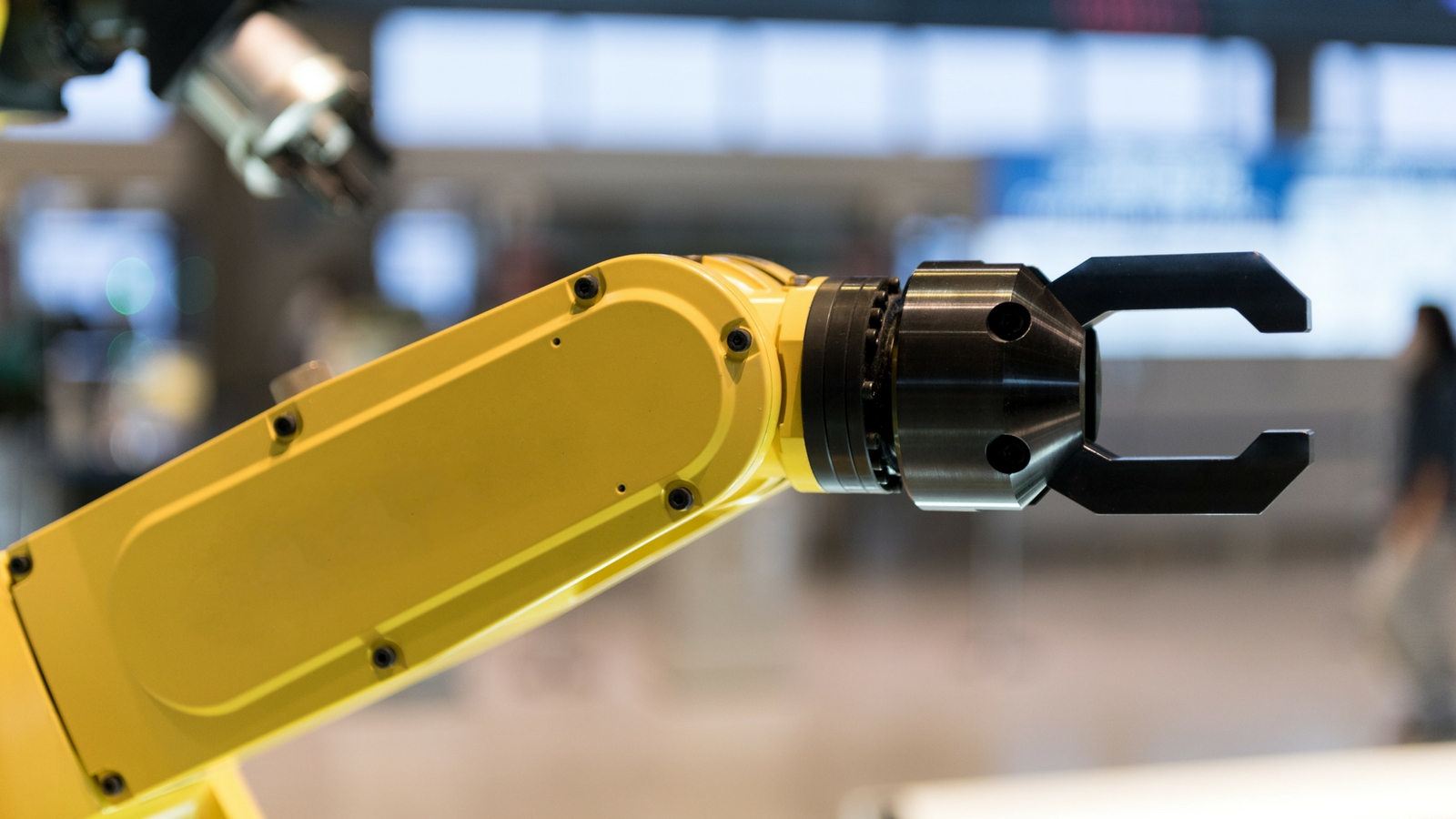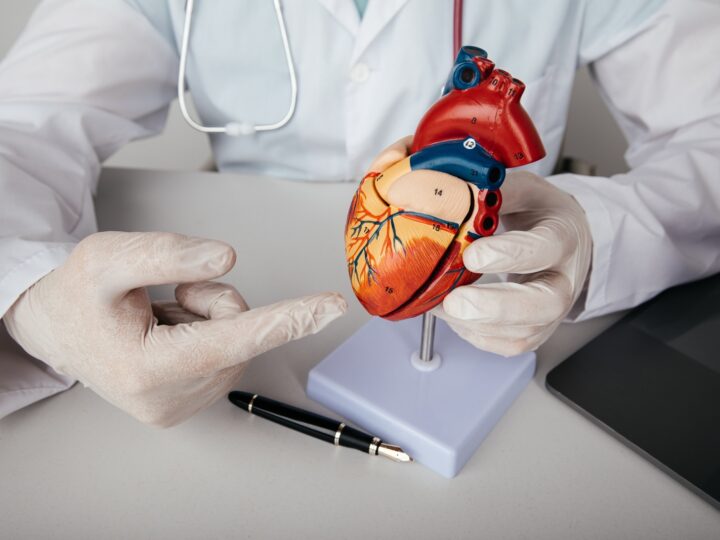Israeli scientists have developed the first-ever social robot that helps rehabilitation patients improve real-life task performance by playing a game – specifically tic-tac-toe.
An interdisciplinary research team at Ben-Gurion University of the Negev designed a game with a robotic arm to simulate 3D functional activities of daily living – actions people undertake daily, like drinking from a cup, which are often the focus of rehabilitation.
“Playing a game of tic-tac-toe with a set of cups (instead of X’s and O’s) is … one example of a game that can help rehabilitate the upper limb – people pick up and place many cups in the process of the game, and improve their performance on the task while enjoying the game,” said Shelly Levy-Tzedek of the BGU Department of Physical Therapy and the Zlotowski Center for Neuroscience, the study’s senior author.
Danny Eizicovits, a BGU postdoctoral fellow, led the research under Levy-Tzedek’s guidance, along with Prof. Yael Edan of the industrial engineering and management department, and Prof. Iris Tabak of the education department. Their findings were published recently in Restorative Neurology and Neuroscience.
To determine whether it is important for an actual physical robot to interact with the users during the game, the researchers compared the participants’ motivation to play with the robot vs. a set of computer-controlled LED lights.
The system was tested on 40 healthy young adults in their 20s (23 women and 17 men) and 22 healthy adults in their 70s (10 women and 12 men). The results showed that both groups preferred the robotic system over the LED lights system.
Both groups also chose the robotic system over the lights when asked which partner they would prefer to play two additional games with. However, when asked to play 10 additional games, the older adults still preferred the robot, while the young group preferred to play against the LED lights system.
“Some of the young adults complained that the robot moved too slowly, and therefore they preferred the quicker system when asked to play many more games,” explained Levy-Tzedek. “That suggests the speed of the robot should be personalized to each participant.”
Unexpectedly, the researchers also found that both young and older adults moved significantly slower when they played with the slower robot, compared to when they played with the faster lighting system.
Now that they have established the system’s feasibility to encourage the performance of repetitive 3D functional movements, and track these movements, the researchers recommend testing their system on rehabilitating stroke victims.

















